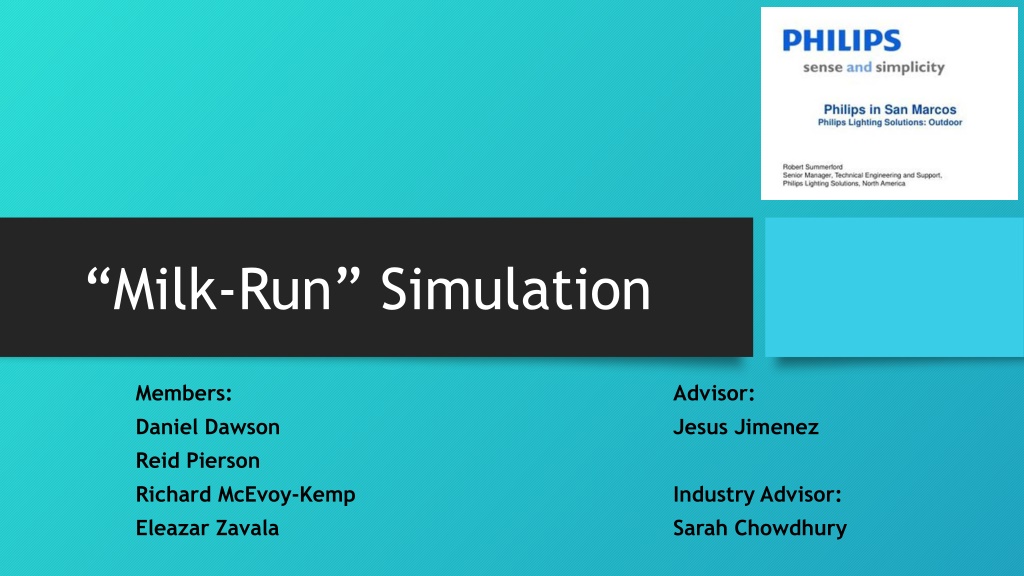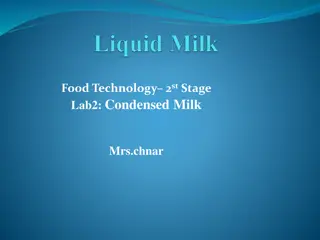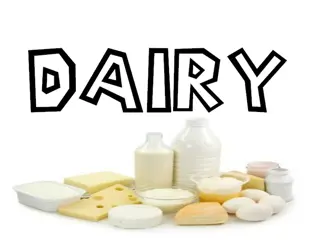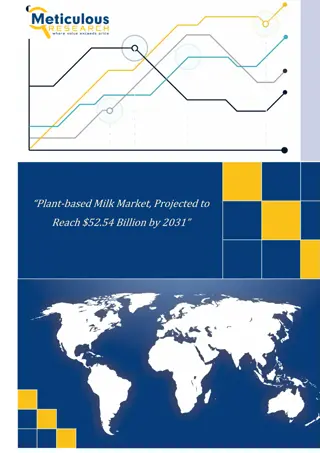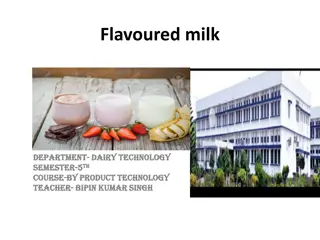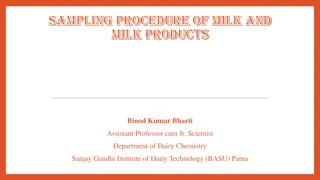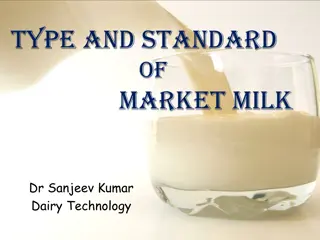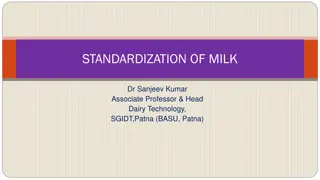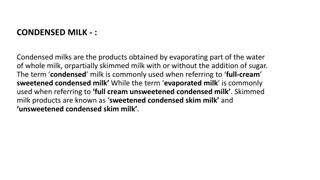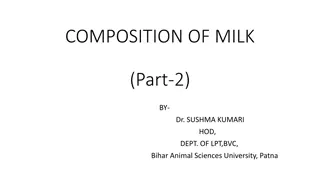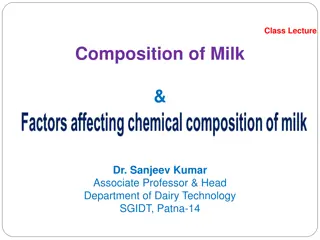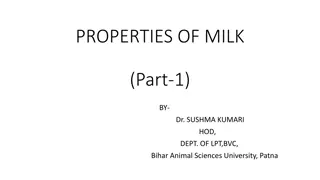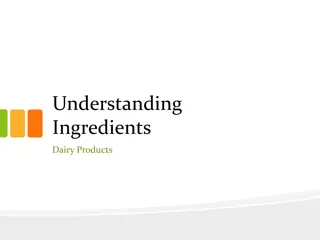Improving Efficiency with Milk-Run Simulation for Philips Lighting
Philips Lighting in San Marcos aims to enhance its manufacturing efficiency by implementing an optimized assembly line using a Kanban Supermarket approach. The Milk-Run Simulation project focuses on replenishing components efficiently, reducing bottlenecks, and boosting throughput, leading to increased profits. The methodology involves data collection, analysis in Microsoft Excel, and simulation modeling using WITNESS. Key deliverables include configuring the Kanban Supermarket variables and developing a detailed model of the assembly process to meet yearly demand.
- Efficiency Improvement
- Milk-Run Simulation
- Kanban Supermarket
- Manufacturing Optimization
- Assembly Line
Download Presentation

Please find below an Image/Link to download the presentation.
The content on the website is provided AS IS for your information and personal use only. It may not be sold, licensed, or shared on other websites without obtaining consent from the author. Download presentation by click this link. If you encounter any issues during the download, it is possible that the publisher has removed the file from their server.
E N D
Presentation Transcript
Milk-Run Simulation Members: Daniel Dawson Reid Pierson Richard McEvoy-Kemp Eleazar Zavala Advisor: Jesus Jimenez Industry Advisor: Sarah Chowdhury
Background Philips Lighting in San Marcos currently lacks a steady manufacturing line to assemble products Largely due to custom orders Philip s hopes that implementing an optimized assembly line will allow their facility to be the top manufacturing facility worldwide Implementation of a Kanban Supermarket will provide an increase in production and efficiency within their custom facility Reduced bottlenecks Increased throughput Increased inventory control Increased profits
Milk Run The milkman would not only deliver fresh milk in the morning, but would collect empty bottles also to eliminate unnecessary trips A round trip delivery method which facilitates collection and distribution In this project, we will determine the frequency at which components should be replenished and the milk-runner will fetch the components from the warehouse This idea will have an effect on cycle time, throughput, and overall efficiency
2-Bin System / Kanban System Will help reduce waste due to under and over production Use of Safety stock Card replacing Work inside out to control inventory
Deliverables/Goals Increase efficiency and throughput in the Philips model line 741 Configure and optimize Kanban Supermarket variables such as bin capacities, reorder points, and frequency of milk runs Develop detailed model of the ordering, picking, supermarket and workstation assembly process given the yearly demand
Methodology Microsoft Excel Data collection and analysis WITNESS Simulation Modeling the assembly line and the throughput of the parts 2-bin Kanban Supermarket Milk-Run
Data collected Parts to use within the supermarket Designated workstation for each of the parts Part usage rate Lead time Classification of parts based on lighting models Bill of materials for each product made within the assembly line Finished Goods PureForm
Demand forecast Use Holt s Method to produce forecast of PureForm product The parameters alpha and beta were set to 0.2
Model Methodology Our model simulates the effectiveness and efficiency of a Milk- Run process to achieve the forecasted monthly demand Simulated 6 workstations and 7 workstations within the model- line; each simulated for 140 hours (4 working weeks) Inputs needed to construct the model Milk Run Reorder points Bin sizes Component inter-arrival times Each scenario evaluated with Experimenter within WITNESS
Model Methodology 6 workstations utilized a triangular distribution for the stations process times: Min = 7 minutes Mean = 10 minutes Max = 13 minutes 7 workstations utilized a triangular distribution for the stations process times Min = 5 minutes Mean = 8.5 minutes Max = 10 minutes
The Model The model will be running at our booth for those interested in seeing it work!
6 stations o Six Stations-Baseline a. Inter-arrival time: 0.185 hours b. Max bin capacity: 50 c. Reorder point: 25 oSix Stations-Experimenter
7 Stations Seven Stations a. Inter-arrival time: 0.159 hours b. Max bin capacity: 50 c. Reorder point: 25 Seven Stations-Experimenter
Outcomes/Conclusions Preferred number of workstations 7 stations produced the highest throughput, although the demand was still not able to be met A total of 8 stations is ultimately needed to meet the forecasted demand without having backorders
Acknowledgments Philips Lighting-San Marcos Dr. Jesus Jimenez (Advisor) Sarah Chowdhury (Industry Advisor) Psyche Bryant (Industry Supervisor)
